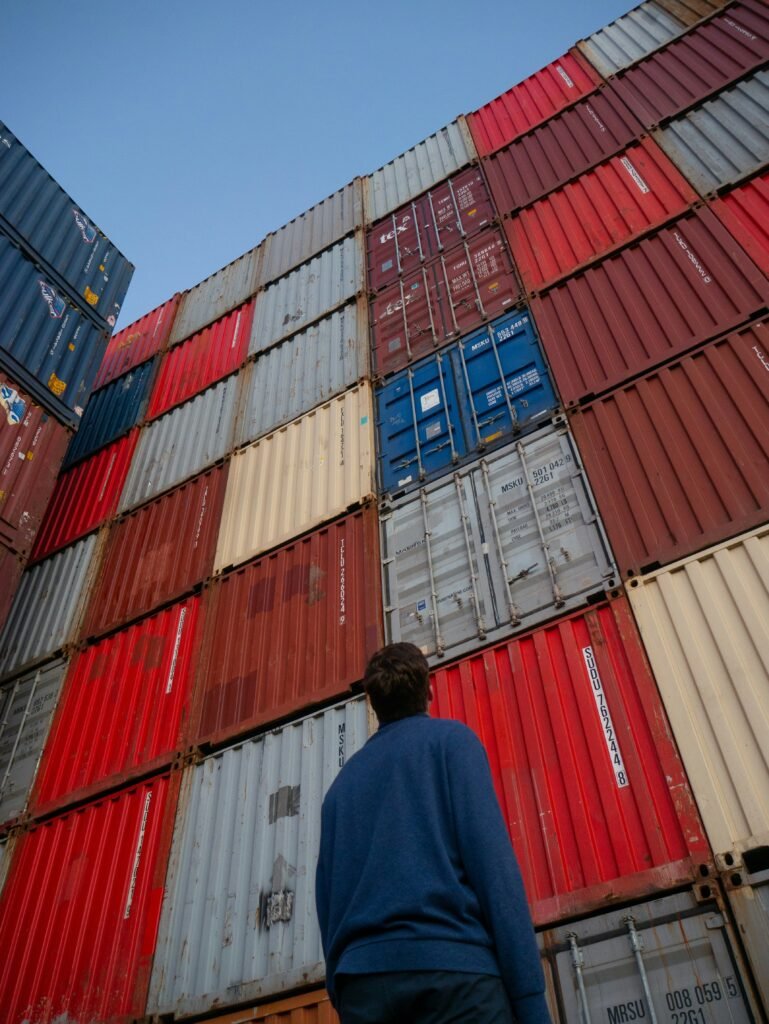Far more toxic chemicals in shipping containers than expected

Approximately 30% of all the worlds shipping containers that are transported daily may contain
increased concentrations of different chemical compounds that may be toxic and carcinogenic. Global world trade is derived from the supply and demand of goods and services. Today’s transportation of goods is necessary, and international trade plays a significant role in the world economy. Shipping is central to the economy, and today it links the supply of goods and the demand for products from consumers worldwide.
The increased use of container shipping for general cargo has brought challenges. One of these
is the need to fumigate the container with consumer goods to reduce the invasive species and
diseases that can cause damage to crops, ecosystems, and human health.
Fumigation has become standard practice in the shipping industry, ensuring the safety and
quality of the goods transported. In a global and complex transportation network, goods are
transported multimodal in a non-ventilated controlled environment. Research has addressed
that fumigants derived from the fumigation process can be present in shipping containers. Containers fumigated in previous transportation can contain residual amounts of toxic gases that can accumulate in a shipping container. In a relativley new study from 2023 based on the data collection, the comparison showed that only nine chemicals correlated to being a fumigant, meaning that only 2,71 % of all 332 chemicals found in shipping containers are fumigants. This means that the rest of the toxic chemical compounds orginate from either the goods or from the combined materials. There is therefore a great uncertainty about what kind of toxic chemicals that are present. Therefore gas analysis is necessary to be able to determine the risk of entering the shipping container. Temperature, air pressure and materials can affect that gases are emitted during transportation.
The literary appearances of different methods used for detection in different results of detection
limit values and, therefore, most likely to be different from daily container gas measurements.
All studies found chemicals inside the shipping containers, some of which were toxic. On the
other side, without proper documentation, it is difficult for the operator performing the
container gas measurement to know if the elevated levels of gaseous chemicals are derived
from earlier fumigation of the same container or if it is the goods or packaging materials
themselves.
Several factors enable the presence of chemical substances inside a shipping container.
Research has only focused on the findings between fumigants and the presence of these
fumigants inside shipping containers. The result of this study shows that other factors, such as
air pressure, temperature, and humidity, most likely, are major contributing factors to the
occurrence of chemical gases inside the shipping container. It also shows that goods and
packaging materials can emit gases. The variance in data is evidence of significant importance
in understanding the correlation between packaged goods and chemical substances. An
increased number of containers being measured and assessed by a standard and approved
measuring methodology would enable an efficient understanding of the correlation between
transportation and the occurrence of chemical compounds. Using suitable analytical
instrumentation that can perform quantitative and qualitative chemical analysis with small false
positive readings. like our INSCAN Portable Gas Analyzer within a brief period would allow a greater measuring methodology.

